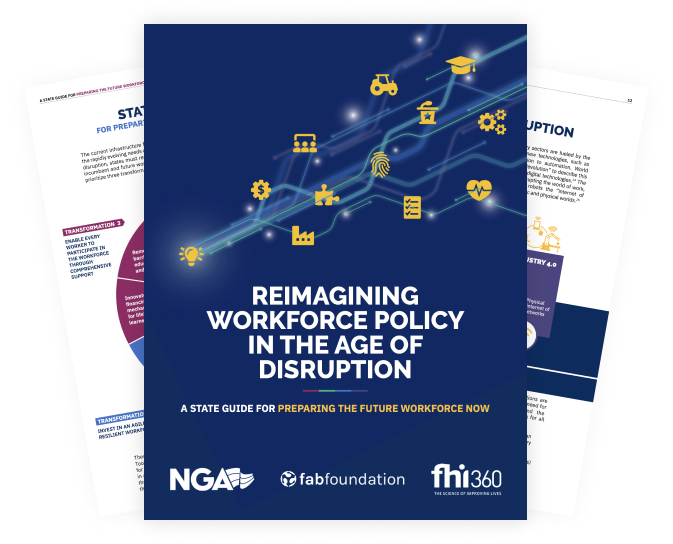Collect more comprehensive labor market information. The state invests in the production, dissemination and analysis of qualitative and quantitative labor force data to understand how the changing world of work affects individuals across populations. States should consider how to make this data more transparent in order to promote data quality through both incentives and accountability measures. Local institutions, including workforce development boards, maintain unique relationships with local employers and employees, and offer immense potential to provide information about barriers to employment and advancement. As states consider making investments in workforce training and education programs, they should consider working with their network of local workforce partners to first collect data on barriers to entering and remaining in the workforce. The State Workforce Board could conduct outreach to local boards, and in partnership with non-governmental partners, assess what resources and supports are needed most to help individual workers and families.
State Program Examples
-

Missouri
Missouri Economic Research Information Center
The Missouri Economic Research Information Center, the research division of the Department of Economic Development, partnered with Burning Glass to supplement state labor market data – which often lagged behind 2 years or more. This partnership now allows the state to produce real-time data so that Missourians may act more nimbly, make decisions that lead to higher quality employment and a stronger match between industry needs and the state’s workforce training capacity.













